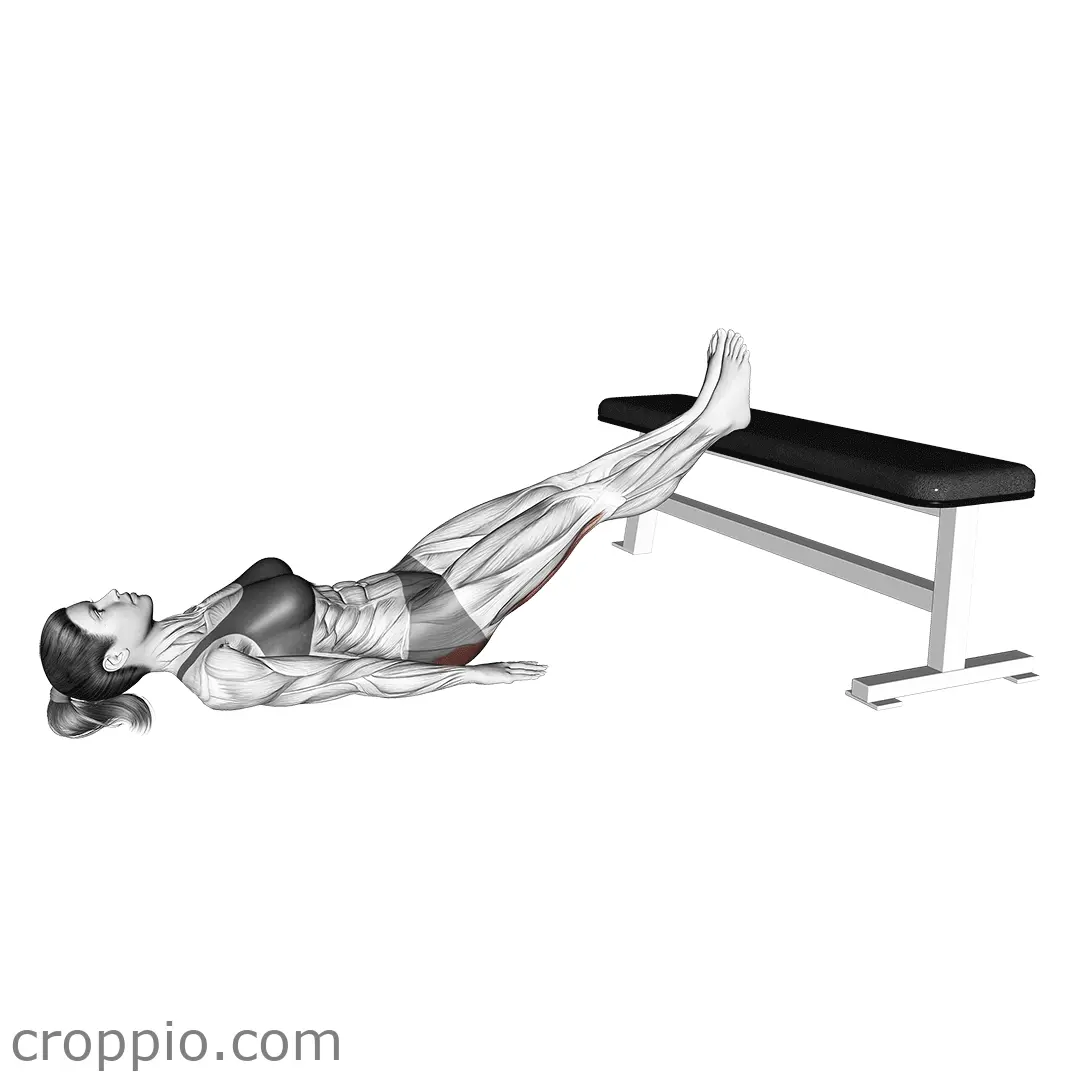Bear Crawl Movement

Muscles Involved
The bear crawl movement is an excellent full-body exercise that primarily targets the muscles of the core and shoulders. During this exercise, the rectus abdominis, obliques, and transverse abdominis engage significantly, providing stability and support. Moreover, the shoulders, particularly the deltoids, and the muscles in the upper back, including the trapezius and rhomboids, work to stabilize the body as you crawl. The lower body also benefits from this movement, involving the quadriceps, hamstrings, and glutes to facilitate coordination and movement quality.
Top Mistakes
- Inadequate Core Engagement: Failing to engage the core can lead to sagging hips, compromising stability and form.
- Improper Hand Position: Placing the hands too far forward or back can destabilize the body, resulting in unnecessary strain.
- Uneven Movements: Crawling with one side of the body should not be more pronounced than the other; this can create imbalances and potential injuries.
- Neglecting Breathing: Holding your breath can diminish endurance; remember to breathe steadily throughout the exercise.
Execution Tips
- Start Position: Begin on all fours with your hands directly under your shoulders and your knees under your hips.
- Engage Your Core: Tighten your abdominal muscles and maintain a neutral spine while keeping your hips low.
- Move Opposite Limbs: Lift one hand and the opposite knee simultaneously, maintaining a smooth and controlled motion.
- Stay Low: Keeping your hips around the height of your shoulders will enhance stability and form.
- Focus on Rhythm: Move through the crawl in a rhythmic pattern to maintain momentum and fluidity.
Workouts
The bear crawl can be seamlessly incorporated into various workout routines. For a full-body session, aim for 3 sets of 30 seconds of crawling, followed by a 30-second rest between sets. It can also be integrated into circuit training alongside exercises like push-ups, lunges, and planks. This combination enhances overall strength, stability, and cardiovascular fitness. For beginners, starting with 10-15 repetitions or 20-second crawls may be beneficial.
Conclusion
The bear crawl movement is a dynamic exercise that builds strength, stability, and coordination across multiple muscle groups. Its emphasis on core engagement promotes functional fitness, making it ideal for athletes and fitness enthusiasts alike. By incorporating the bear crawl into workout routines, individuals can enhance their overall physical performance while reducing the risk of injury through improved body awareness and control.



